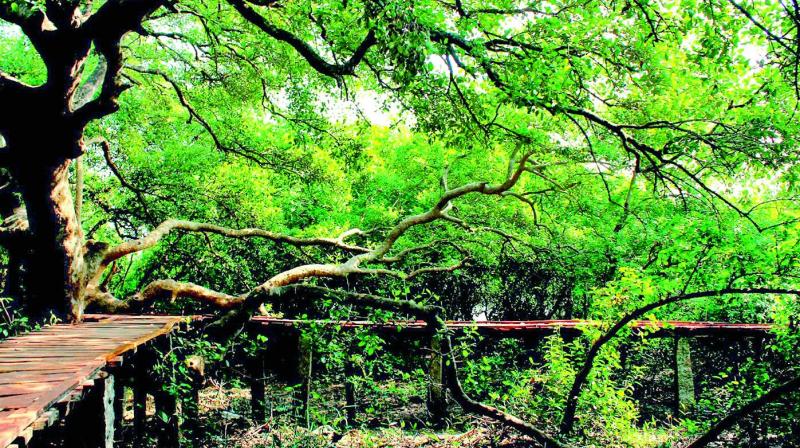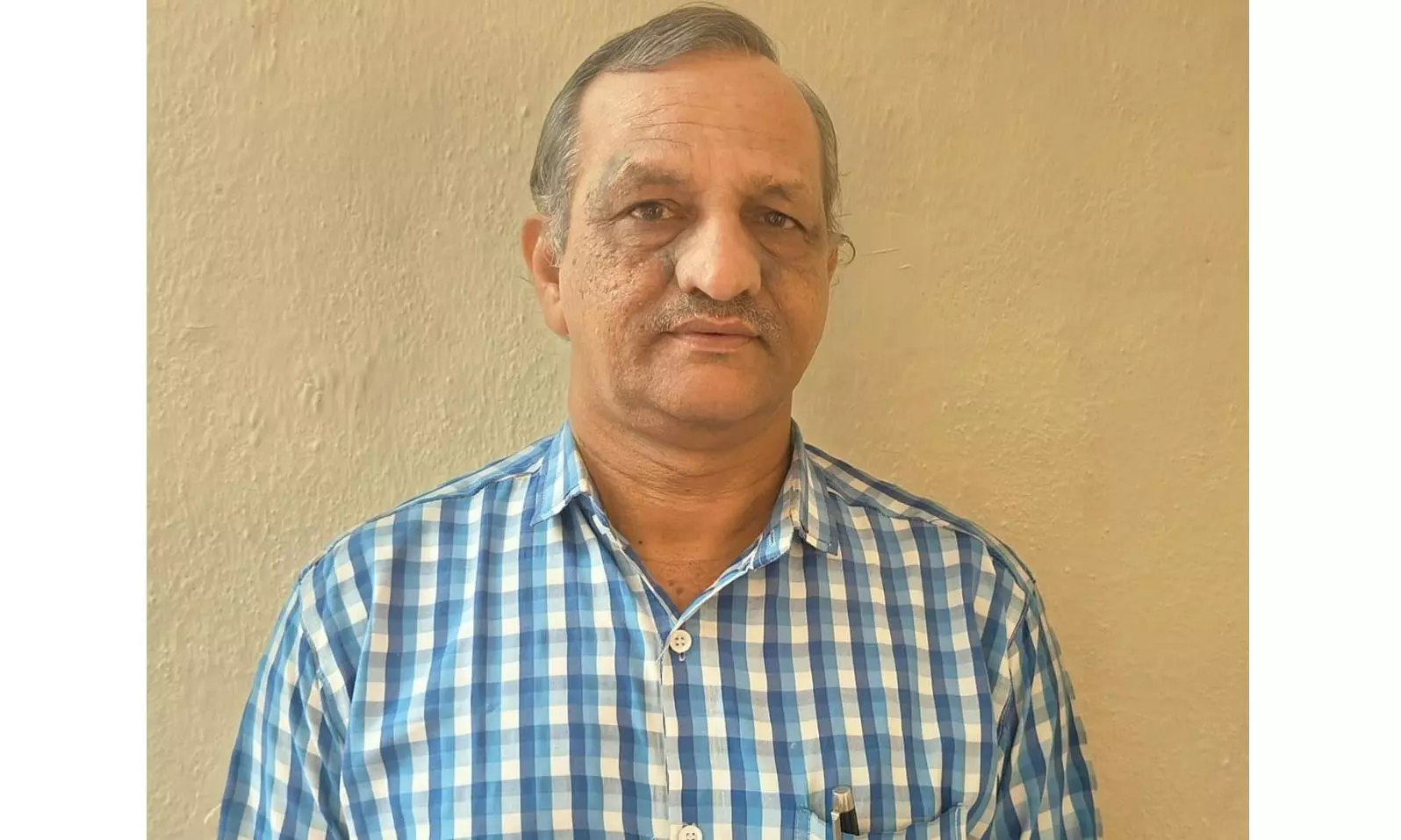State fails to get RAMSAR site for Coringa wildife park

Kakinada: Both Central and State governments are evincing no interest in bringing the famous Coringa wildlife sanctuary under the RAMSAR convention site even though the sanctuary meets all the eligibility criteria.
EGREE (East Godavari Reverine Estuarine Ecos-ystems) foundation a Government of India-UNDP-GEF-Government of Andhra Pradesh, had submitted the requisite proposals to the state government and made a recommendation that the Coringa mangroves and wildlife sanctuary should be brought under RAMSAR convention four years back. However, there are too many procedural delays and there is no follow up action by the state government, it is said.
According to biologists, if the Coringa sanctuary is brought under the convention, it will make for better mangrove and wildlife conservation and it will also attract international visitors and tour-ists, biologists and conservationists to the spot and also more funds will be sanctioned for the project. Coringa sanctuary and the mangroves will also be placed on the global ecology map. But the biologists say that both Central and State governments are not showing any urgency in the matter, even though they are making claims about ecological conservation and promotion of tourism.
The EGREE project state coordinator T. Ravi Shankar said that the Coringa sanctuary has all the qualities to be declared as a RAMSAR site and the governments were making efforts for its global recognition by applying for the RAMSAR site declaration in Geneva in Switzerland.
According to sources, India became a contracting party to the RAMSAR convention in 1981 and since then a total of 26 wetlands in the country have been designated as RAMSAR sites by 2012. Though India has numerous wetlands of various types, there are certain criteria of selection of sites for RAMSAR designation. As per article 2.2 of RAMSAR convention, the wetlands are broadly categorized under two groups (A and B) under 9 criteria for which Coringa wetland satisfies all the criteria as the sanctuary (235.70 kilometres) is a representative of a rare and unique wetland.
It is said that there are rich mangrove forests, exposed during low-tides, utilised by the large number of shorebirds, gulls, egrets and other feeding grounds like lagoons, mainland beach, three major rivers Gowthami and its tributaries like Gaderu and Corangi, 32 canals, traversing the mangroves encouraging the proliferation of healthy mangrove system.
Flood plain, natural levees help stagnation of water that is further used as spawning grounds for fish, prawn and crab species, Kakinada Bay which spreads over 10,000 hectares provides a support system for a huge number of organisms. Biologists appealed to both Central and state governments to speed up the RAMSAR Site convention declaration.for Coringa Wildlife Sanctuary.

